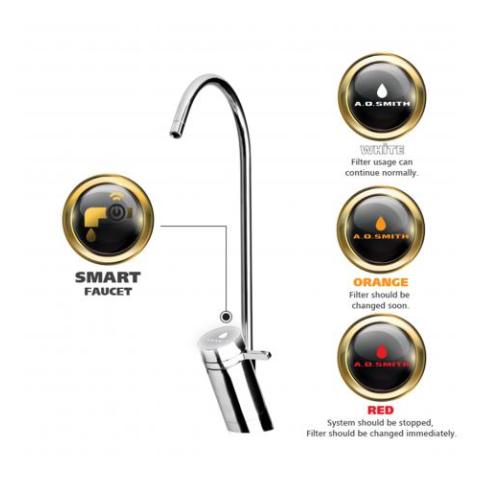Water – the one natural product that can boost your energy, improve your skin tone, and keep your weight in check for free.
Daily Consumption
“The truth is, while you should shoot for eight glasses of water, your daily requirement really depends on your diet, size, and body chemistry,” says Roberta Anding, an RD in Houston and spokesperson for the American Dietetic Association. “And, of course, the color of your urine.”
What’s with the potty talk? “Though it may sound strange, urine color is the most accurate indicator of hydration,” Anding explains. Dark yellow urine is a red flag to drink more water, while a lighter color means your body is properly hydrated. “If it looks like apple juice, you’re not getting enough water — it should be the color of pale lemonade,” she says.
Expectant Moms & Drinking Habits
Lactating and pregnant women need to be even more vigilant about drinking their daily dose. “Moms-to-be are more apt to get dehydrated since their blood volume doubles during pregnancy,” Anding says. “Once a pregnant woman gets dehydrated, this extra amount of blood thickens, making it ineffective in passing nutrients along to the baby.”
Recent studies have also shown that women who don’t drink enough water in pregnancy have a higher risk of preeclampsia and hypertension, both related to dangerously high blood pressure. For breastfeeding moms, water can boost milk production and raise your energy level.
Water vs. Other Beverages
But what about consuming other kinds of drinks — do they count? Not as much as you might hope. “Obviously, there’s a health difference between pure water and other beverages,” Anding says. “While you can get some water from juice, soda, coffee, and tea, they may also contain ingredients that counteract water’s positive effects,” she says.
Some examples: Caffeinated beverages act as a diuretic, so you may excrete more liquid than you take in, while soda and fruit juices contain a lot of sugar. “Such drinks can tax the body more than they help it,” Anding says.
Foods with High Water Content
Fruits and veggies — besides being smart sources of vitamins, minerals, and fiber — are also a good way to get extra water. “Most are at least 80 percent water,” says Melinda Johnson, an RD in Phoenix. Oranges, melons, and cucumbers are even higher in water content, she says, adding, “Summer is the time to take advantage, since so many juicy fruits and other produce are in season.”
But if you’re trying to eat more watermelon just to get out of drinking water, give it up. “Don’t try to substitute water-volume foods for the real thing. Anything that’s eaten should be considered a bonus source of water,” Johnson says. “In the long run, you’ll get better hydration out of just drinking water instead.”
Drink Before You’re Thirsty
Finally, don’t wait until you’re thirsty to drink water. “Thirst isn’t an adequate gauge of your body’s need for fluid replenishment, particularly if you’re active,” says Ashley Roman, MD, an ob-gyn at New York University Medical Center, in New York City. By the time you feel thirsty, you’ve already lost a lot of fluid, so keep drinking water all day.
Source: parents.com




